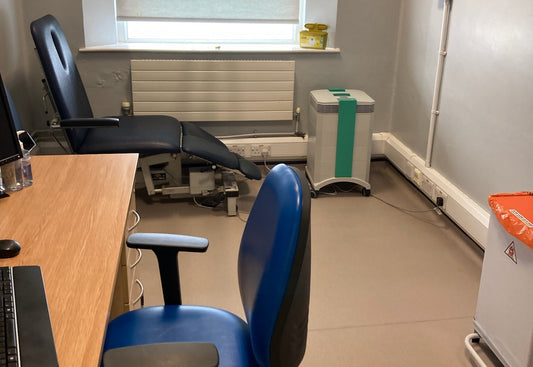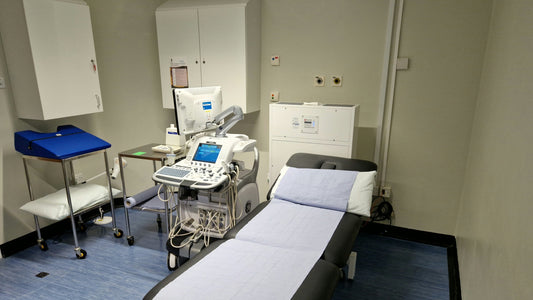Cleaning products in the workplace, such as bleach and formaldehyde, can cause many work-related health problems including asthma. A new study from researchers in the United States and Spain now reveals that keeping hospitals clean is exacting a toll on the lung health of the doctors, nurses, and other health professionals who work there as cleaning products linked to asthma. Exposure to products used to clean surfaces and sterilise hospital equipment is linked to asthma symptoms, the researchers say. More should be done to ensure adherence to guidelines for exposure to cleaning products in the hospital environment.
The study asked 3,600 health care professionals (doctors, nurses, respiratory therapists, and occupational therapists) based in Texas about their experience of work-related asthma symptoms, work-exacerbated asthma, and occupational asthma. The latter is new-onset asthma, brought on by workplace exposure, while work-exacerbated asthma is existing asthma made worse by the workplace. They also asked about exposure to a number of cleaning products, including:
- Bleach
- Ammonia
- Detergents
- Disinfectants
- Room cleaners
- Toilet cleaners
These products are used in general hospital cleaning. Participants were also asked about exposure to products used in cleaning and sterilisation of instruments (very important for hospital infection control). These included:
- Formalin/formaldehyde
- Glutaraldehyde/ortho-phthaldehyde
- Chloramines
- Ethylene oxide
Many of these cleaning products are volatile and chronic exposure of healthcare professionals to a whole cocktail of them is likely. This new study is the first to investigate the impact of exposure to cleaning-related products in the hospital environment.
Prevalence of work-related asthma symptoms, work-exacerbated asthma, and occupational asthma were 3.3%, 1.1%, and 0.8% respectively. Exposure to both general cleaning and sterilising products raised the risk of work-related asthma symptoms. Broken down according to individual cleaning products, this increased risk was lowest for formalin/formaldehyde and highest for toilet cleaners.
The risk of work-exacerbated asthma was significantly increased with exposure to bleach and formalin/formaldehyde and for occupational asthma, the risk was significantly increased (five-fold) by exposure to chloramines.
Cleaning products are very widely used in the hospital environment and this will continue (maybe even more so, as pressure on hospitals to reduce infection intensifies). Glutaraldehyde, for instance, is used to disinfect and sterilise heat-sensitive instruments such as surgical and dialysis equipment, endoscopes and bronchoscopes. Exposure to glutaraldehyde has been linked to asthma and other lung symptoms in other studies and it is known that poor ventilation may lead to higher level exposures. In the United States, the Occupational Safety and Health Administration (OSHA) has suggested action should be taken should levels exceed 0.05 parts per million. In the UK, the Control of Substances Hazardous to Health (COSHH) regulations quote the same limit and also say glutaraldehyde should be substituted by a safer chemical wherever possible.
We have warned previously about the dangers of formaldehyde. In hospitals, formalin, a formaldehyde solution, is used to fix, stain and preserve tissue. Healthcare professionals can be exposed to formaldehyde vapour when they are preparing formalin solutions or doing other lab work. The OSHA limits are 0.75 ppm (8-hour average exposure) and 2 ppm (short-term exposure). COSHH limits are 2 ppm, at present. Bleach, ammonia, and chloramines were also linked to an increased risk of asthma in this study and other research has found these cleaning products to be a health hazard in other workplace environments.
In England, around one million people work for the NHS. That's not to say they are all exposed to cleaning products but there are sure to be some cases of workplace asthma linked to cleaning products. Around one-quarter of all cases of adult asthma in the USA and Europe are thought to be work-related. Of course, there are guidelines governing the safe use of these effective cleaning products but this study suggests that more should be done to make sure they are followed. The cleaning products described here are also used in many other workplace settings, and in homes. More research is needed to see how they affect our health – and whether safer alternatives could be developed.




